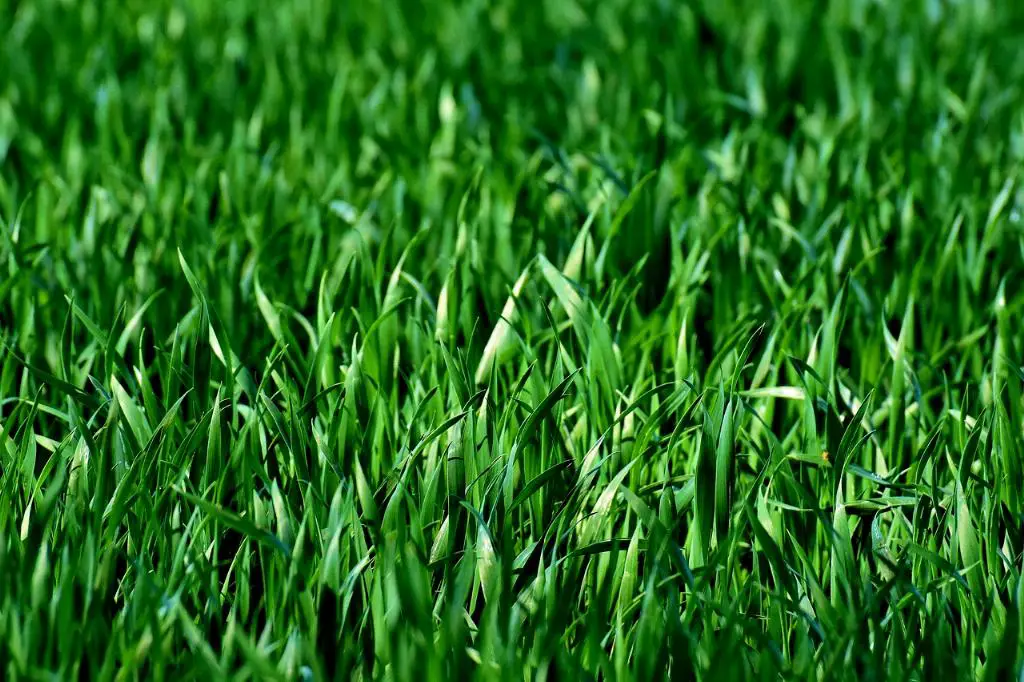When it comes to prepping your lawn for seed, it’s essential to start by targeting the problem areas. Begin by clearing out any debris, such as wood, stones, or large roots, that may hinder the growth of new grass. To ensure optimal seed germination, grab a spade and a garden rake to scratch the soil surface about 1 to 2 inches deep. Next, dig a bit deeper, around 6 inches, to remove any lingering roots and rocks that could impede the growth of your new lawn.
After you’ve cleared the area of any obstacles, it’s time to amend the soil for optimal seed growth. Add a layer of new soil on top of the existing soil and use the rake to smooth it out evenly. This layer will provide essential nutrients and a healthy foundation for your new grass seeds to take root and flourish.
Once the soil is prepped and ready, it’s crucial to choose the right seed for your specific lawn conditions. Factors such as sunlight exposure, soil type, and climate all play a role in selecting the best grass seed for your lawn. Consider consulting with a local garden center or landscaping professional to determine the optimal seed variety for your yard.
Before seeding your lawn, it’s advisable to perform a soil test to assess the pH levels and nutrient content of your soil. Understanding these factors will help you make informed decisions about any necessary soil amendments or fertilizers to promote healthy seed growth. Soil tests are typically available through local agricultural extension offices or garden centers.
When it’s time to seed your lawn, ensure you follow the recommended seeding rates for the specific grass variety you’ve chosen. Use a broadcast spreader or handheld spreader to evenly distribute the seeds across your prepared soil surface. After seeding, gently rake the soil to ensure good seed-to-soil contact, which is crucial for successful germination.
Watering is a vital step in the seed germination process. Ensure your newly seeded lawn receives consistent moisture to aid in seed germination. However, be cautious not to overwater, as this can lead to seed rot or wash away the seeds. A general rule of thumb is to keep the soil consistently moist but not waterlogged.
As your seeds begin to germinate and grow, it’s important to monitor the lawn for signs of stress, such as wilting or browning. Adjust your watering schedule as needed to promote healthy growth and development. A well-established watering routine will help your new lawn thrive and establish strong roots.
Once your new grass has reached a height of about 3 inches, it’s time for the first mowing. Use a sharp mower blade set to a higher cutting height to avoid stressing the young grass. After the initial mowing, gradually reduce the cutting height over subsequent mowing sessions to encourage a dense, healthy lawn.
Regular maintenance is key to the long-term health and vitality of your lawn. This includes tasks such as fertilizing, weed control, and aeration. Develop a lawn care schedule that addresses the specific needs of your grass type and growing conditions to ensure a lush, green lawn year-round.
In conclusion, preparing your lawn for seeding is a multi-step process that requires careful planning and attention to detail. By targeting problem areas, amending the soil, selecting the right seed, and providing proper care and maintenance, you can establish a healthy, vibrant lawn that enhances the beauty of your outdoor space.

